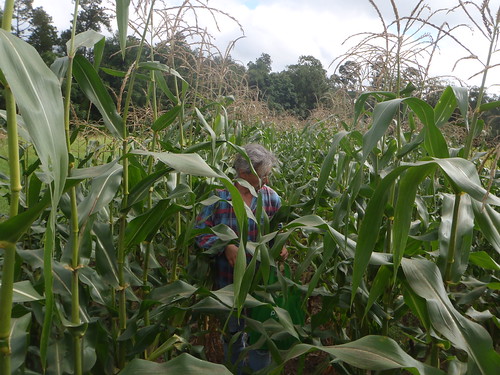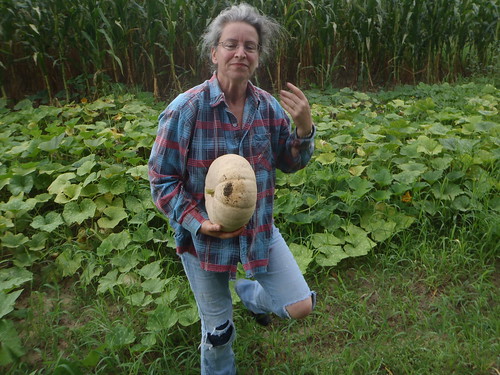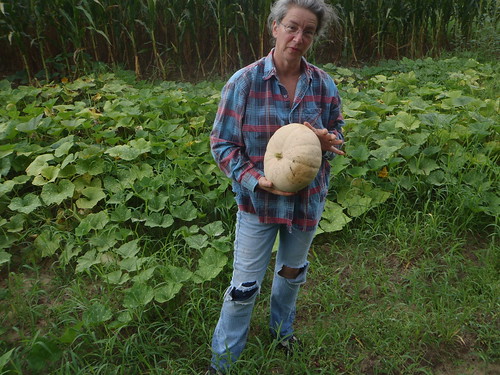 So is it just a few people’s opinion that
plowing works much better than herbicides to control mutant pigweed?
So is it just a few people’s opinion that
plowing works much better than herbicides to control mutant pigweed?
Henry Gantz writes in Don’t Give Pigweed The Light Of Day, If it doesn’t come up, you don’t have to kill it that farmers were depending mostly on Roundup, but that no longer works, due to multiple mutant weeds, including pigweed and marestail. He quotes Dr. Larry Steckle, Extension weed specialist at the University of Tennessee:
Steckle said we’ve now reached the point where we have to begin thinking in terms of controlling “resistant weeds” instead of “resistant marestail” or “resistant Palmer pigweed” because they are both beginning to show up in the same field.So, what’s the solution: Continue reading“We have to manage them both,” he said. “There’s a new product from BASF called Sharpen that I’ve been looking at for five years and I’ve been very impressed with the marestail control. I still like dicamba, Roundup and Gramoxone.
“But if you have Palmer pigweed, too, then you’re going to have to overlap with residuals ― Cotoran, Caparol, Prowl ― to have any chance to do a good job of controlling them.”









